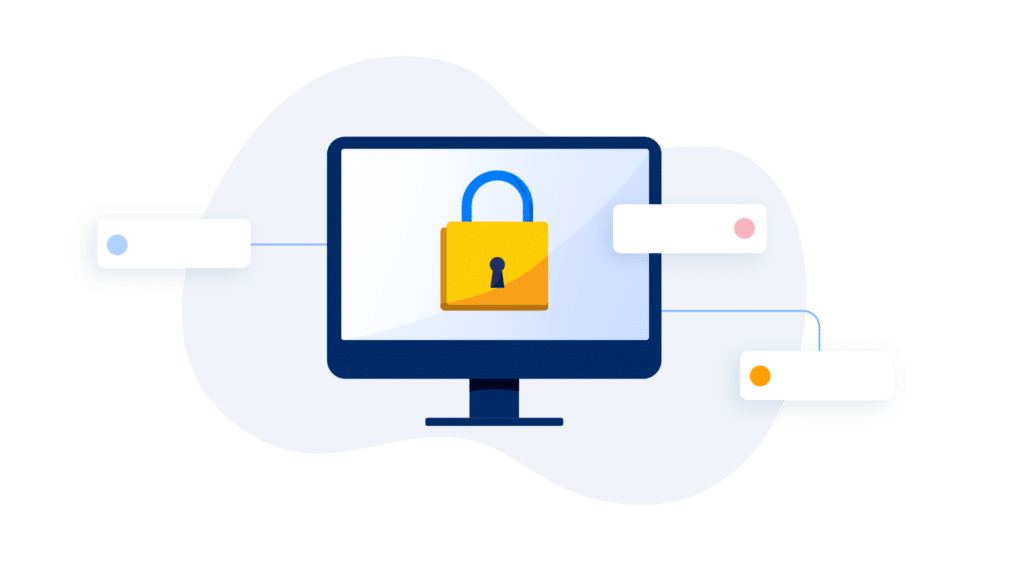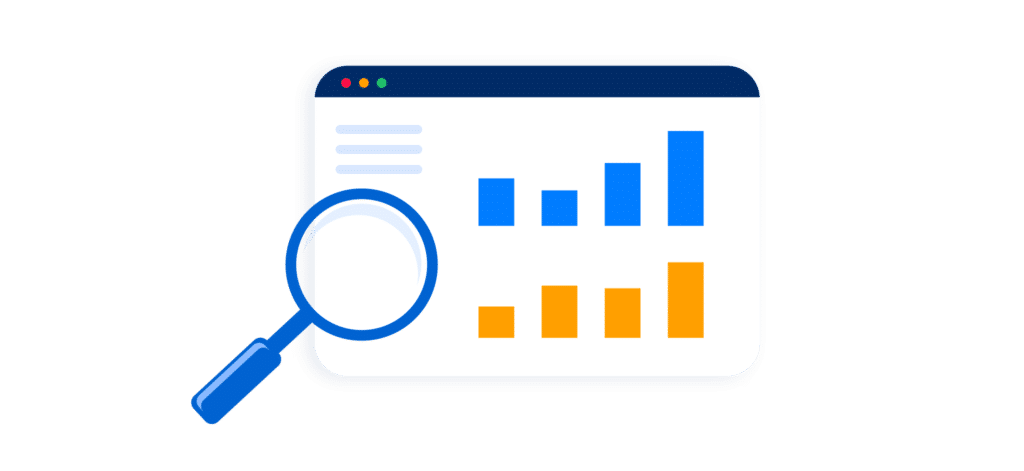The continuing pandemic has compelled the higher education industry to embrace new technologies at a previously unheard-of rate. Learning, teaching, and operating approaches that have been in use for some time are now being modified by the industry. Artificial intelligence, the Internet of Things, support automation, and digital classrooms are becoming increasingly crucial in customized learning. This is terrific news, but it also facilitates many challenges of integrating tech in higher education.
Colleges and universities around the world are quickly integrating technology into higher education, and IT managers must have a comprehensive plan to cope with technical challenges. The rate of change does not come without its fair share of significant challenges.
To illustrate, maintaining the status quo is an easy way out of change resistance. Educators are used to conventional education methods and are hesitant to adopt or step outside their comfort zones. Many teachers and school administrators think that technological innovation is outside the scope of their job.
Data security is also a critical concern that needs a three-pronged commitment of time, money, and resources. An institution that has previously been the victim of a data breach must ensure that its data security architecture is robust. Universities need to defend their networks against further attacks, especially if they are upgrading their networks.

The critical point is that even a minor data breach can have far-reaching repercussions.
According to CFO.com, a data breach may cost a college up to $200 per data record, causing significant financial hardship. Data is digital gold, and sensitive information such as social security numbers and bank account details are susceptible in the digital environment unless adequately safeguarded.
Higher education institutions should establish a compelling security strategy, adhere to standards, and build a cybersecurity architecture to protect data integrity inside the IT ecosystem.
What about inadequate hardware and training?
Some schools still question which laptops and other modern equipment to employ. Institutions must identify and serve their constituents’ needs. Nonetheless, the availability of devices is essential for efficient and seamless operations.
Institutions and faculty must be prepared to have students work cooperatively on a single device and individually on a single device. There is also a need for educators to receive adequate and timely education to employ new technologies effectively.
Will data-driven decisions help?
To make educated decisions, institutions must rely significantly on data and information. The objective is to establish measurable goals that are supported by real-world data.
Several colleges already utilize Business Intelligence (BI) tools for analytics and reporting. Hence, these institutions have demonstrated a solid readiness to embrace data-driven judgments based entirely on analytics. The issue is that not every employee is capable of making data-driven decisions without the assistance and guidance of AI and support automation.

The other challenges associated with combining formal and informal learning are palpable. Still, there is a rising interest in self-directed study. Students want to dabble in innovative learning environments filled with opportunities for experimentation. Thus, it’s vital for institutions to implement the right technologies so they can test flexible learning scenarios and digital extracurricular activities.
Frictionless digital technology integration may also pose an issue for education. Integration, interoperability, and synchronization among learning and teaching apps affect the efficacy of the institution.
The IT infrastructure and atmosphere of schools and universities have been challenged due to their unexpected and sudden transition to digital platforms. Naturally, this has led to many challenges for institutions since new goods and services must be implemented across different departments. Contemporary educational services are not just the domain of IT departments, and there is an urgent need for cross-divisional collaboration to decrease redundancy and incompetence.
It takes comprehensive campus IT system planning, identifying bottlenecks, enforcing regulations, and maintaining hardware and software integrations. Still, it is time for schools and colleges to embrace support automation and upgrade their IT infrastructure to remain focused and competitive in the ever-changing era of the digital revolution.


